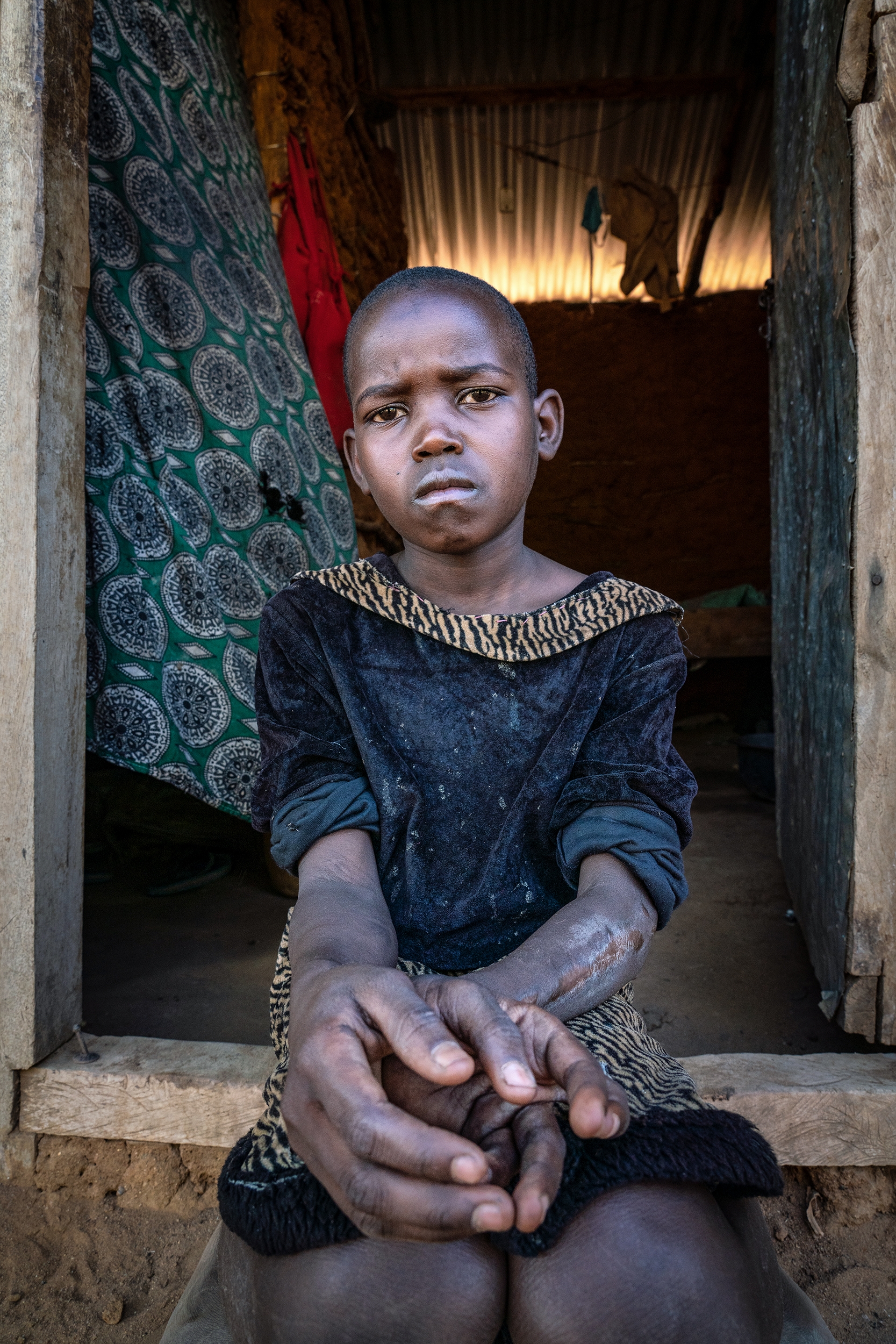
Snakebite envenoming is seen as one of the biggest hidden health crises today, with the rural tropical poor most at risk. In addition to rapid death, venomous snake bites can leave survivors with life-changing injuries. The World Health Organization (WHO) estimates that up to 138,000 people die each year from snakebite envenoming, with as many as 400,000 amputations and other permanent disabilities. Despite the huge burden, snakebite envenoming remains a hidden and neglected public health problem worldwide. This project explored snakebite in Kenya and Ghana with a focus on survivors.









Snakebite envenoming — a category ‘A’ neglected tropical disease — causes up to 138,000 deaths worldwide each year, and around three times as many amputations and other permanent disabilities, the WHO estimates show.
The highest burden occurs in poor rural communities in Africa, Asia, and Latin America, with children and agricultural workers most at risk.
Kenya and Ghana are home to several species of venomous snakes of varying medical importance. However, the paradox is that epidemiological and clinical data on snakebites are limited in these countries — making it difficult to accurately determine where to intervene.
A child or an agricultural worker envenomed by a Puff adder in Kenya or Ghana might die or suffer a permanent disability — taking away their capacity to live a productive life. The affected populations are usually the rural poor who lack a political voice. And because they live out of the sight of policymakers, this disease has largely remained hidden and neglected.
To document victims, locate survivors, and explore the trend, I traveled to Kenya and Ghana snakebite endemic areas.
High antivenom cost — sometimes equivalent to several months of a family income — and rural victims relying on traditional treatment (such as the application of "black stones") are some of the issues shaping snakebite outcomes in Kenya and Ghana.
The photographs presented show a wife who has lost a husband and a daughter who has lost a father to snakebite. The survivors include a paralyzed 10-year-old (bitten by a Red spitting cobra) and a young man who underwent skin grafting surgery to cover up the removal of necrotized tissue after a Red spitting cobra bite. They also show a traditional healer in the Baringo County of Kenya, who many snakebite victims visit during an emergency for treatment with a "black stone," and snake handlers at the Kenya Snakebite Research and Intervention Centre milking a Puff adder and a Red spitting cobra for antivenom research.